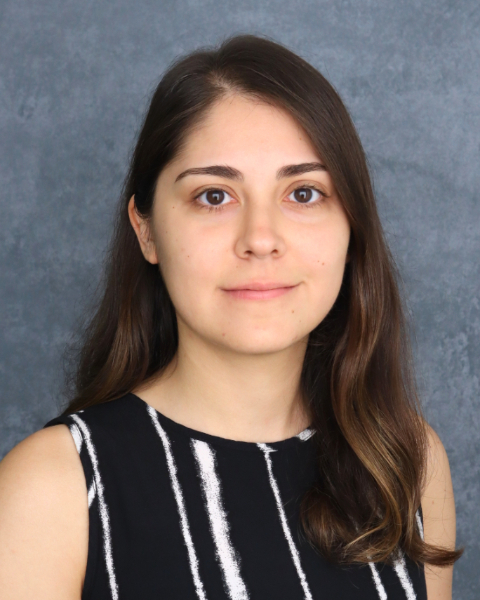15 - SIRTUIN 1 REDUCES CARDIOVASCULAR INFLAMMATION IN A MURINE MODEL OF KAWASAKI DISEASE

ASLI E. ATICI, n/a
Postdoctoral Scientist
Cedars-Sinai Medical Center, United States
Author(s)
Background: The overactivation of NLRP3 inflammasome and the production of bioactive IL-1β are critical for the development of cardiovascular lesions in KD. The nicotinamide adenine dinucleotide (NAD+)-dependent histone deacetylase Sirtuin 1 (SIRT1) is crucial for cellular responses to stress and regulates NLRP3 inflammasome activation, as well as the clearance of damaged mitochondria. However, its potential implication in KD pathophysiology remains unknown.
Methods: We used the Lactobacillus casei cell wall extract (LCWE) murine model of KD vasculitis to determine the role of SIRT1 on the development of cardiovascular lesions. SRT1720, a pharmacological SIRT1 activator, was used to activate SIRT1 in LCWE-injected mice. Metabolomics analysis was performed on the serum of LCWE-injected mice to measure metabolites related to NAD+ production, which are directly linked to SIRT1 activity. Furthermore, to assess the effect of boosting NAD+ production during LCWE-induced KD vasculitis, mice were orally supplemented with the NAD+ precursors β-nicotinamide mononucleotide (NMN) or nicotinamide riboside (NR). The severity of LCWE-induced KD vasculitis was also determined in mice either overexpressing SIRT1 (Sirt1Super) or lacking Sirt1 expression in vascular smooth muscle cells (VSMCs). To further determine the role of SIRT1 in autophagy/mitophagy, coronary smooth muscle cells were stimulated in vitro with LCWE and/or SRT1720 and the expression of mitophagy/autophagy proteins was analyzed by western blot analysis.
Results: The expression of Sirt1 is downregulated in cardiovascular lesions of LCWE-injected mice. Furthermore, treatment with SRT1720 alleviated the development of LCWE-induced KD vascular inflammation. Metabolomics analysis showed a significant reduction of nicotinamide (NAM), a product resulting from NAD+ degradation by SIRT1 activity, in the serum of LCWE-injected mice. Oral supplementation of NMN or NR significantly reduced the development of LCWE-induced cardiovascular lesions. Furthermore, KD vasculitis development was less severe in SIRT1 overexpressing mice and exacerbated in mice with specific Sirt1 deletion in VSMCs. In vitro treatment of LCWE-stimulated coronary smooth muscle cells with SRT1720 promoted localization of p62 and LC3-II to mitochondria and favored mitophagy by inhibiting ribosomal S6 phosphorylation.
Conclusion: These results indicate an impaired NAD+/SIRT1 axis in LCWE-induced KD vasculitis and demonstrate that modulation of SIRT1 or NAD+ biosynthesis can be targeted to reduce LCWE-induced KD vasculitis. Overall, these findings contribute to our understanding of KD pathogenesis and identify potentially novel therapeutic approaches for KD treatment via targeting the SIRT1 pathway.
